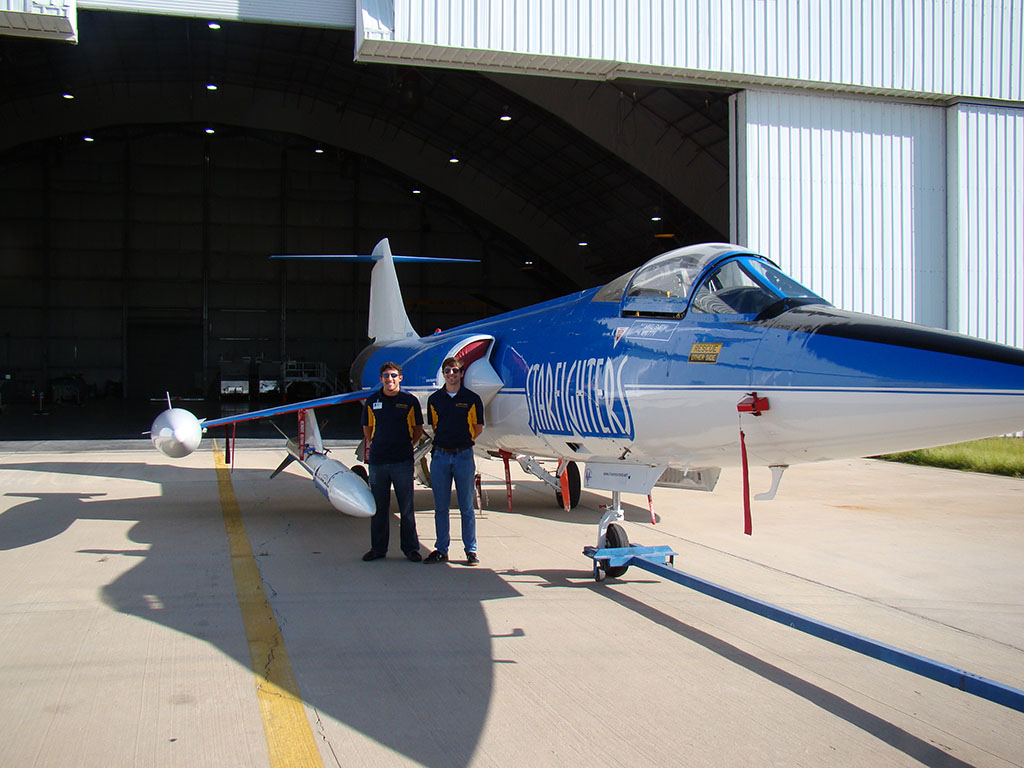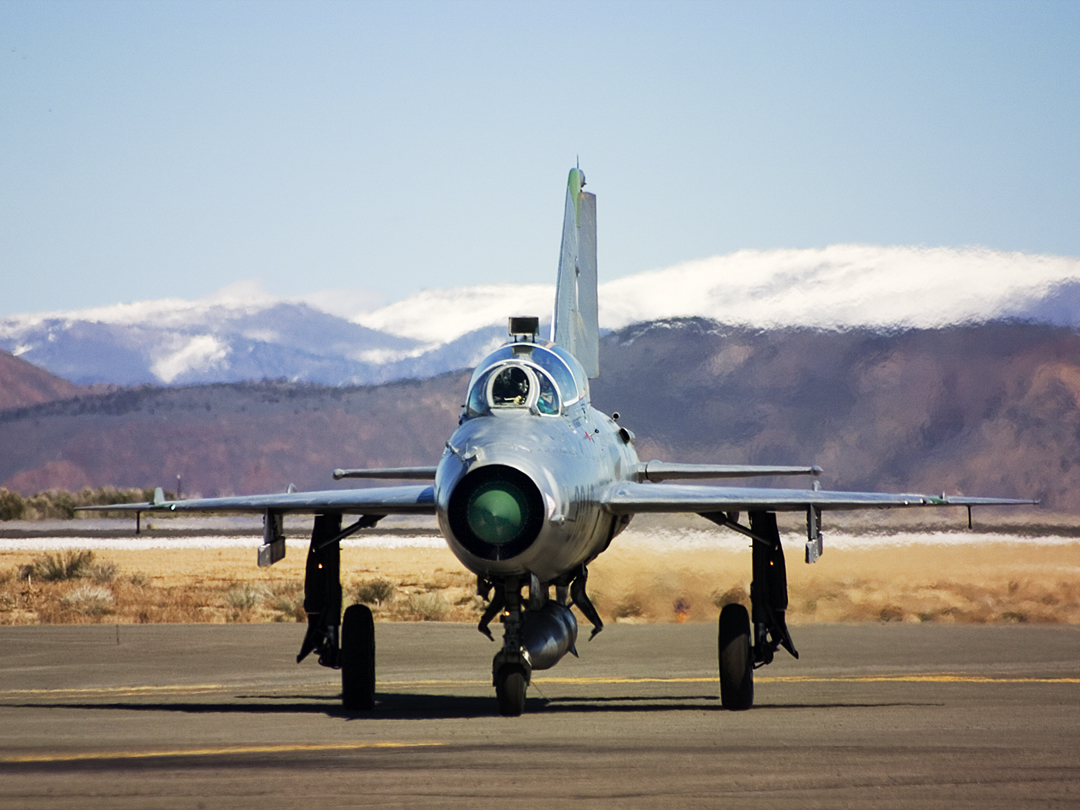Jet fighters originally developed in the 1950’s are now being pressed into service as suborbital (and perhaps orbital) launch platforms. Two groups on opposite ends of the country are working on similar projects.
In the Southeast, 4Frontiers Corporation is developing the Star Lab suborbital rocket with sponsorship from the Florida Space Grant Consortium. Star Lab is an unguided rocket that would be launched from an F-104 flying from Kenneday Space Center and operated by Starfighters, Inc. Star Lab would carry 4 to 13 payloads with a total mass of 32 kilograms (70 lb.) to an altitude of 80-120 kilometers (47-70 miles). 4Frontiers Corporation is currently offering payload space at $8,000 (2 kg.), $13,333 (4 kg.), and $16,667 (8 kg.). The group plans to conduct powered launch tests during the first half of 2012 with regular commercial launches beginning in mid-2012.
In the Pacific Northwest, Premier Space Systems is working with Space Propulsion Group to develop a suborbital rocket launched by an ex-Soviet MiG-21. The Nanolaunch rocket is designed to carry a 45-kilogram (100 lb.) payload to 100 kilometers (62 mi.) or a 23-kilogram (50 lb.) payload to 132 kilometers (82 miles). Future versions of the rocket would be able to place payloads into orbit. Premier Space Systems is based in Oregon and operates out of Siskiyou County Airport in California. PSS began captive-carry test flights in September 2011 which will continue through June 2012. It has not yet announced a date for live-fire testing.
The F-104 and MiG-21 are quite similar aircraft in terms of age and performance. Both were designed as high-performance Mach 2 interceptors. The F-104, designed by legendary Lockheed designer Kelly Johnson, entered service with the USAF in 1958. The MiG-21 entered service with the Soviet Air Force the following year. The F-104 was soon retired from USAF service, however (although some US allies, such as Italy, continued operating it until the 21st Century). The MiG-21 remained in service with the Soviet Union and its allies for decades and became the most-produced jet fighter in history. More than 11,000 were built (over 13,000 if you include the J-7, a reverse-engineered Chinese copy).
Using jet fighters as launch platforms is not a new idea. Project NOTSNIK used a Douglas F4D Skyray, another 1950’s vintage fighter.
Both aircraft were both designed as highly optimized, lightweight high-performance fighters. This makes them well-suited for use as rocket-launch platforms, so it’s no coincidence that the two ventures have similarities. It’s no coincidence that both ventures have coastal locations, either. Being located near the ocean greatly simplifies the impact-area problem for such rocket launches.



Leave a Reply